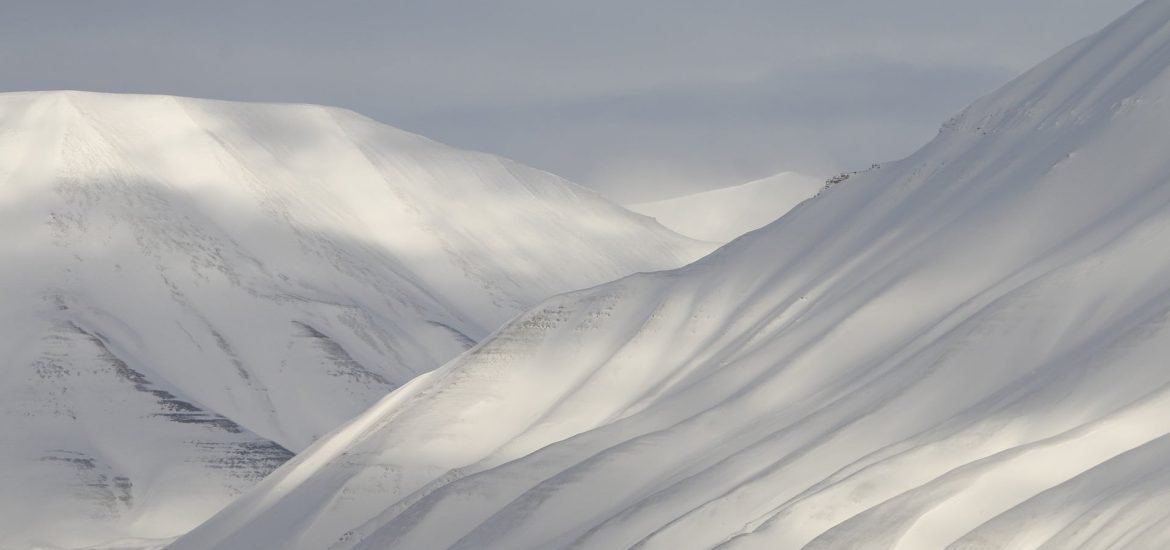
Norway announced plans on Friday to invest more than €10 million to upgrade the Svalbard Global Seed Vault, a ‘doomsday’ vault built ten years ago to safeguard global food supplies in the event of a disaster.
The vault is buried more than 100 metres inside a mountain on a remote island in the Svalbard archipelago, which lies between Norway’s mainland and the North Pole.
The 100 million Norwegian crown project will include “the construction of a new, concrete-built access tunnel, as well as a service building to house emergency power and refrigerating units and other electrical equipment that emits heat through the tunnel,” according to a statement by the Ministry of Agriculture and Food.
The statement also said the improvements are “part of a long-term plan to enhance the performance and extend the viability of the seed vault.”
Currently, the seed vault contains over 890,000 samples. With nearly every country in the world represented, the collection of food crop seeds is the most diverse in the world. The vault has the capacity to store a maximum of 2.5 billion seeds for 4.5 million varieties of crops.
Contents of the vault include food staples in Africa and Asia such as maize, rice and sorghum, as well as varieties of crops from Europe and South America, such as lettuce, barley and potato. The vault gives priority to crops it considers “important for food production and sustainable agriculture.”
“It is a great and important task to safeguard all the genetic material that is crucial to global food security,” Jon Georg Dale, Norway’s Minister of Agriculture and Food, said in a statement.
Researchers withdrew seeds from the vault for the first time in 2015. They used the seeds to recreate a collection of the Fertile Crescent region’s main crops after a seed bank was abandoned in Aleppo, Syria. They were able to regrow the seeds and returned new seeds harvested from their project to the Svalbard vault in 2017.
“This demonstrates that the seed vault is a worldwide insurance for food supply for future generations,” Dale said.
The Crop Trust, a non-profit that joined the Norwegian government and Nordic Gene Bank to establish the vault in 2008, says thick rock and permafrost covering the vault will keep the seeds frozen even without power.
In late 2016, unusually warm temperatures caused unexpected melting of permafrost in the area, resulting in flooding in the entrance to the vault’s tunnel. Although water did not enter the vault itself, the issue raised concerns that the vault is not currently prepared to face the challenge of global warming.
The upgrades to the facility are designed to prevent this type of issue from occurring in the future and to protect the seed samples from any type of disaster, natural or man-made.
Each country or organisation that deposits seeds into the vault maintains ownership and control over access to those seeds. In the event of a disaster, the only organisation or government that can withdraw the seeds is the one that deposited them.
The vault is designed to hold 4.5 million samples and not 4.5 million varieties. There is, as yet, no way of knowing just how many varieties exist of crop plants but certainly far fewer that 4.5 million.
The store was badly designed, with a unique downward-sloping entrance ramp – not advisable with the annual melting of snow above the vault. Other bad news is that developing countries (those with the greatest need for secure national seed storage) are in the main not depositing any samples. It would be useful to know why.
The good news is that the samples deposited are third copies of existing collections, with duplicate samples of the original collections directly and freely available from the institute depositing in Svalbard to any researcher.